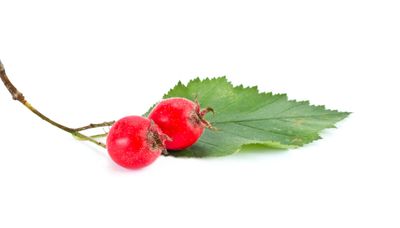About Mayhaw Trees
Mayhaw is a common native tree in the South and a relative of the hawthorn. They grow abundantly in southern states in wet areas, in floodplains and along rivers and creeks. They are often found under taller hardwood trees. These trees flower early, from February through March. The small fruit is a little bit like a crabapple, and it generally ripens in May, hence the name mayhaw. In addition to using the fruits to make jams, jellies, and desserts or wine, mayhaw can be grown to attract wildlife and as an ornamental for the early spring blooms.
How to Grow Mayhaw from Seeds
Mayhaw seed propagation is a reliable way to grow new trees, as they almost always grow true to type. It’s easy to propagate mayhaw by seed, but it can take a long time. Germination may take as long as 18 months, so be prepared to be patient. The seeds need about 12 weeks of cold stratification in order to germinate, which mimics that natural overwintering of seeds. Store the seeds in moist paper towel in a sealed bag in the refrigerator to cold stratify. You can then let them germinate in warmer conditions, which may take several more months.
When to Plant Mayhaw Seeds
Mayhaw seeds sowing can be done in early spring, after any danger of frost, once you have little seedlings. As an alternative to stratifying and germinating the seeds indoors, you can try sowing the seeds directly from ripe fruit. This can be hit or miss, but it should only be attempted in fall when the seeds will then be able to go through the natural stratification process. Growing mayhaw from seeds is easy but lengthy. If you don’t want to wait that long to get a tree, you can also use cuttings to propagate—use a root promoting hormone. You can look for transplants at a nursery too, which are typically grafted to hawthorn rootstock.
